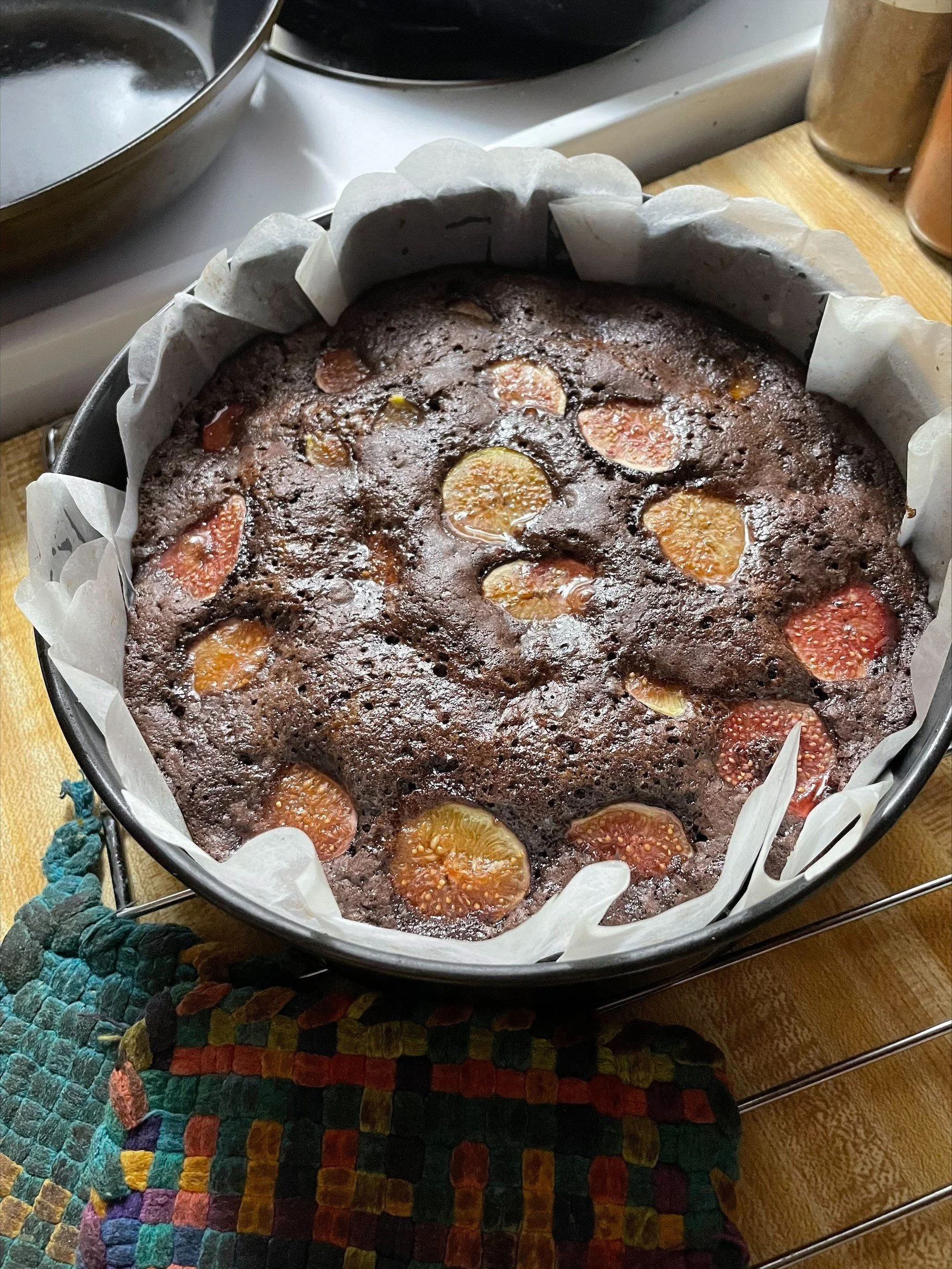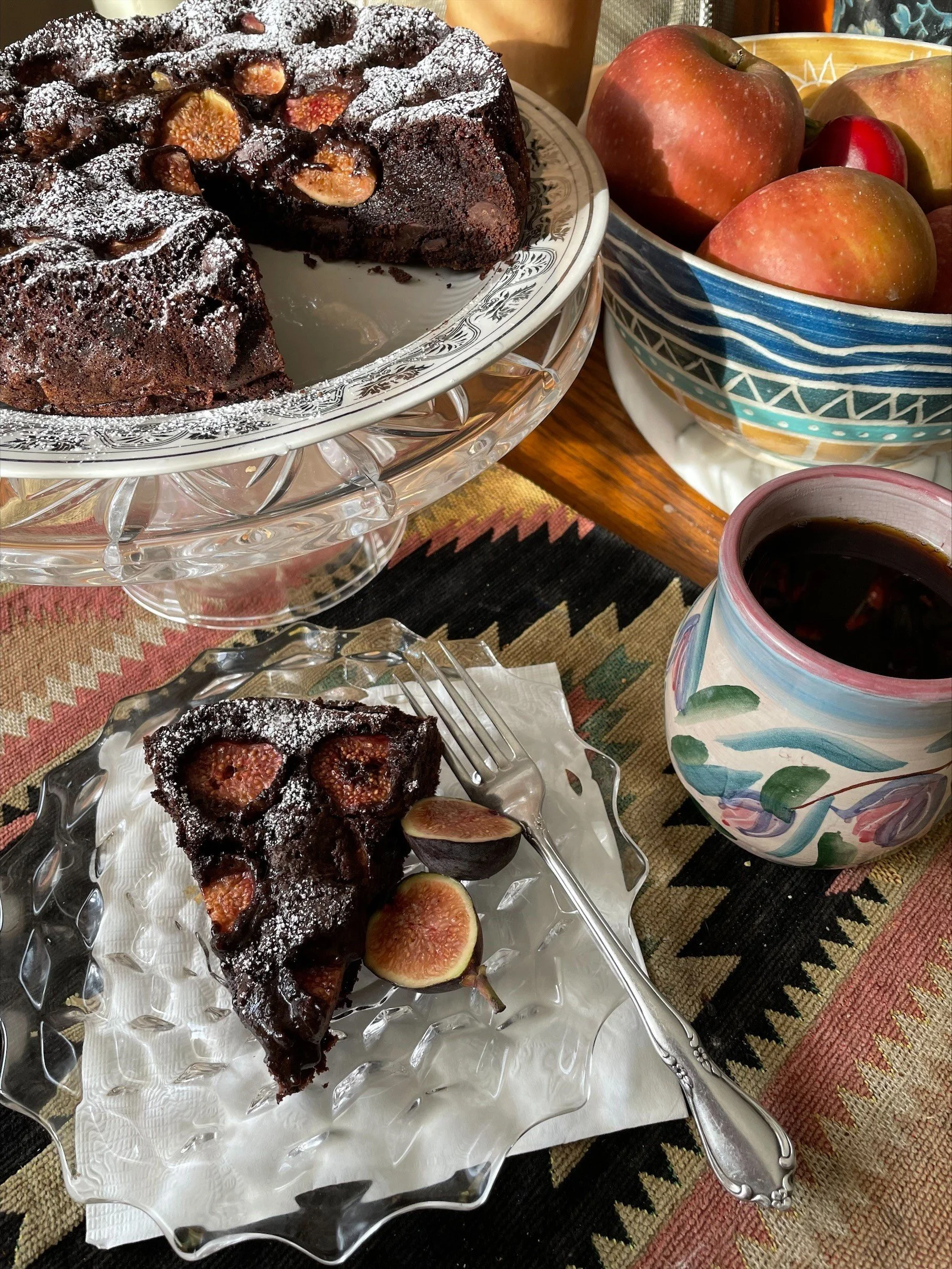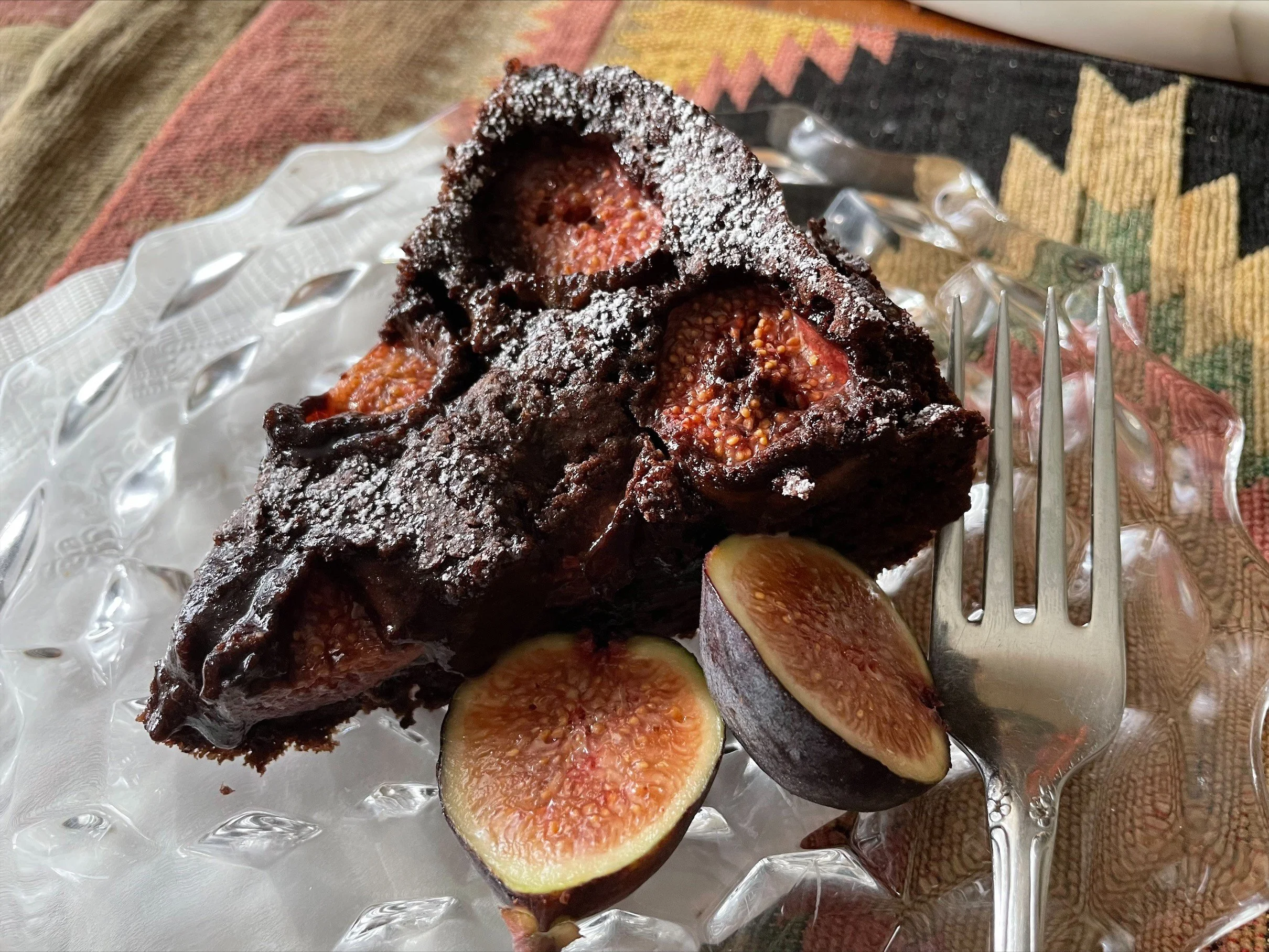Professor Butter Beard’s “Avenue des Gobelins”
“For more than 20 years I have been working alone and of my own initiative in all the old streets of Old Paris to make a collection of 18 × 24cm photographic negatives: artistic documents of beautiful urban architecture from the 16th to the 19th centuries…today this enormous artistic and documentary collection is finished; I can say that I possess all of Old Paris.” - Eugène Atget, Letter to Paul Léon, November 12, 1920
A second look. A second thought. A second taste.
Every semester, my favorite two lectures in my History of Photography class are the two where we discuss how photography graduated from being just an artistic tool to fine art on its own. In Part One, I introduce my students to Oscar Rejlander, Thomas Eakins, Imogen Cunningham, Alfred Stieglitz and Ansel Adams. But it is in Part Two where my soul starts to sing as we discuss Berenice Abbott, Brassai, Garry Winogrand, Diane Arbus and Cindy Sherman. And then it happens, every time. The students ask me to go back please, so they can take a second look at the photographic art captured by Eugène Atget.
Jean-Eugène-Auguste Atget was born in 1857 in Libourne, France and orphaned at the age of seven. He was brought up by his maternal grandparents in Bordeaux and moved to Paris in 1878 at the young age of twenty-one. He enrolled in a drama school but was soon expelled since he could only attend part-time after being drafted into military service. Upon completion of his service, he became an actor with a travelling group, performing in Paris and the provinces, but had to give up acting because of an infection of his vocal cords in 1887. It was then when he discovered his natural ability to capture his unique visions through the lens of a camera.
Berenice Abbott later wrote that by 1891, Atget began to advertise his business with a single shingle on his door that announced “Documents pour Artistes.” Early in the 1900s, Atget began to document “Old Paris,” sympathetically focusing on Paris architecture and environments dating prior to the French Revolution, and this passionate concern with preservation ensured him almost instant commercial success. My favorites have always been his layered glimpses into the display windows along the Paris boulevards. Second and third glances reveal not only the surreal display of wares, but also the reflections of the surrounding architecture and social atmosphere. (And, is it just me, or do his male mannequins appear remarkably related to the horrifying “Gentlemen” in my favorite Buffy episode?)
Atget photographed Paris with a large-format wooden bellows camera with a rapid rectilinear lens, a device that was quite modern when he took it up, but which he continued to use even when hand-held and more efficient large-format cameras became available. His chosen glass plates were 180×240mm Bande Bleue (Blue Ribbon) brand with a fairly slow gelatin-silver emulsion that necessitated quite long exposures, resulting in the blurring of moving subjects seen in some of his pictures. Atget did not use an enlarger in his darkroom. He contact-printed all of his glass negatives onto prepared paper and all of his prints are the same size as their original negatives. Prints would be numbered and labelled on their backs in pencil then inserted by the corners into four slits cut in each page of hundreds of albums. Berenice Abbott, while working with Man Ray, visited Atget in 1925, purchased some of his original glass negatives and photographs, and attempted in earnest to interest other artists in his work. She continued to passionately promote Atget through various articles, exhibitions and books, and sold her Atget collection to the Museum of Modern Art in 1968.
The American photographer Walker Evans was first introduced to Atget’s work in 1930 and I believe he summed it up best with this review: “Atget’s general note is a lyrical understanding of the street, trained observation of it, special feeling for patina, eye for revealing detail, overall of which is thrown a poetry which is not “poetry of the street” or “the poetry of Paris,” but the projection of Atget’s person.”
The layers of Atget’s vision inspired this Dark Chocolate and Black Mission Fig Cake. The first bite is a study into a densely dark, spicy and sumptuous chocolate which opens up into a second journey as you discover the embedded slices of fresh fig that melt on your tongue like a richly textured jam. Tempted? Remember, a second, or third glance, is even more rewarding than the first.
Dark Chocolate and Black Fig Cake
Makes One 8” Round Cake
Ingredients:
10 Tbsp unsalted butter, browned and cooled (plus an additional 1 Tbsp to grease the springform pan and parchment)
¾ cup all-purpose flour
¼ cup hazelnut flour (I use Bob’s Red Mill)
½ cup dark cocoa (now available in your grocery isle!)
½ tsp baking powder
½ tsp fine sea salt
1 ¼ cup granulated sugar
3 large eggs, room temperature
1 tsp vanilla paste
1 tsp orange flower water
2 tsp expresso powder dissolved in 1 tsp warm water
½ cup coarsely chopped dark chocolate
5-6 black mission figs, sliced vertically into three slices each (roughly 1/3” thick)
1) Brown the butter in a non-stick pan, stirring occasionally, and then pour into a one-cup glass measuring cup to cool to just warm.
2) Butter an 8” springform pan, line with a parchment circle, and butter the parchment.
3) Preheat the oven to 350 degrees.
4) In a standing mixer, cream the cooled brown butter and sugar.
5) In a medium bowl, whisk together the flours, cocoa, baking powder and salt.
6) With the mixer on low, add the eggs, one at a time. Then mix in the vanilla, orange flower water and hydrated espresso powder. Stop occasionally and scrape the bottom of the mixing bowl with a spatula to insure even mixing.
7) Remove the bowl from the mixer and fold in the dry ingredients. Then fold in the coarsely chopped dark chocolate.
8) Pour the batter into the prepared springform pan and smooth the top. Arrange the fig slices in a circular pattern on top of the batter.
9) Bake the cake for roughly 40-43 minutes until the cake is set, but slightly jiggly in the center.
10) Cool the cake on a wire rack at least two hours before removing the springform ring. Dust with confectionary sugar before serving.



